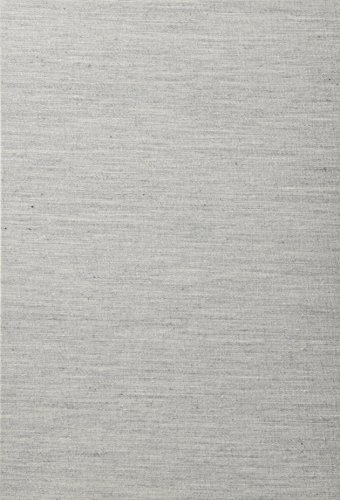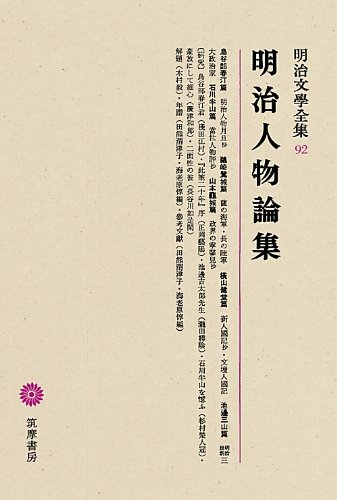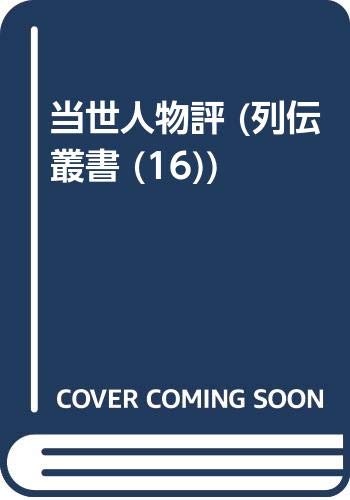1 0 0 0 露国の志士、愛蘭の佳人 : 大西洋航海記の一節
1 0 0 0 孤山の片影 : 山辺丈夫
1 0 0 0 改造中の世界を旅行して
1 0 0 0 沼間守一 : 伝記・沼間守一
- 著者
- Kazuya Yoshida
- 出版者
- Japan Prosthodontic Society
- 雑誌
- Journal of Prosthodontic Research (ISSN:18831958)
- 巻号頁・発行日
- vol.62, no.2, pp.239-244, 2018 (Released:2018-05-08)
- 参考文献数
- 35
- 被引用文献数
- 31
Purpose: Many patients with oromandibular dystonia, which is characterized by involuntary masticatory, lower facial, and/or tongue muscle contractions, experience relief of symptoms through sensory tricks such as eating chewing gum or candy. The aim of this study was to identify the factors influencing the effects of splints in patients with oromandibular dystonia.Methods: Occlusal splints were inserted in 128 patients (89 women, 39 men) with oromandibular dystonia (102 with jaw closing dystonia, 20 with lingual dystonia, 5 with jaw deviation dystonia, 4 with jaw opening dystonia, 3 with lip dystonia, and 2 with jaw protrusion dystonia). Patients who showed improvement with the use of splints and continued to wear them for at least 3 months were defined as responders. In contrast, patients who showed little or no effect and/or were unable to insert splints were defined as non-responders. Differences in demographic and clinical data were statistically compared between responders and non-responders.Results: Ninety-eight patients (76.6%) were responders (subjective improvement: 30.5%). Thirty patients (23.4%) were non-responders (subjective improvement: 7.2%). The responders were significantly older than the non-responders (53.8 years vs 47.0 years; p < 0.05). Patients with jaw closing dystonia showed the most favorable results. The proportion of patients with sensory tricks was significantly higher in responders than in non-responders (66.3% vs 26.7%; p < 0.05).Conclusions: The sensory trick splint is especially helpful for patients with jaw closing dystonia. It is useful, although partially effective, as an alternative therapy in patients for whom other therapies have been unsatisfactory.
1 0 0 0 More funny stories
- 著者
- by L.A. Hill pictures by Joan Beales
- 出版者
- Oxford University Press
- 巻号頁・発行日
- 1978
1 0 0 0 OA 三好鹿蔵製造のプレスガラス (三)
- 著者
- 棚橋 淳二
- 出版者
- 松蔭女子学院大学
- 雑誌
- 研究紀要. 人文科学・自然科学篇 = Shoin review (ISSN:02886162)
- 巻号頁・発行日
- vol.34, pp.105-134, 1993-03-20





